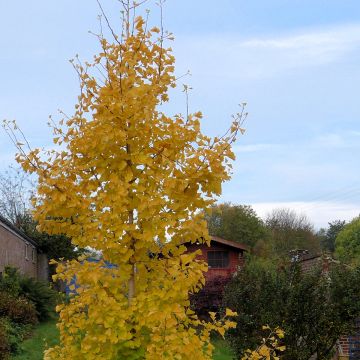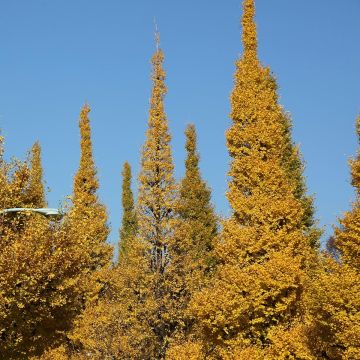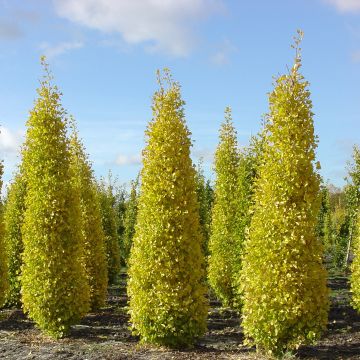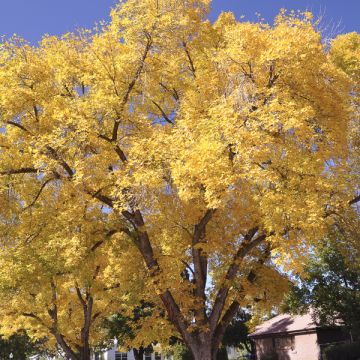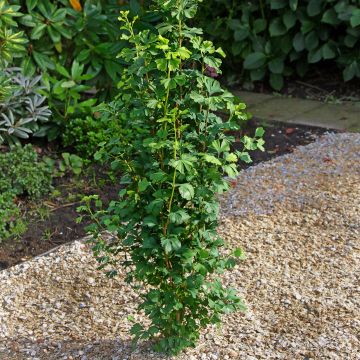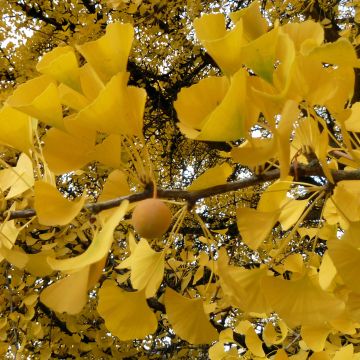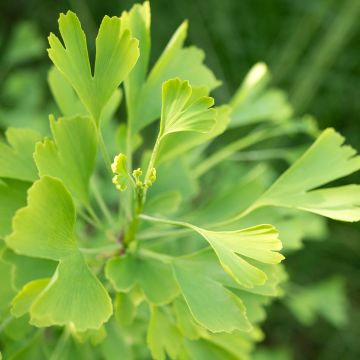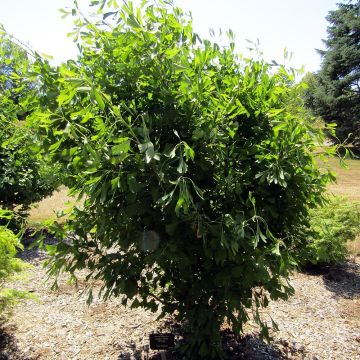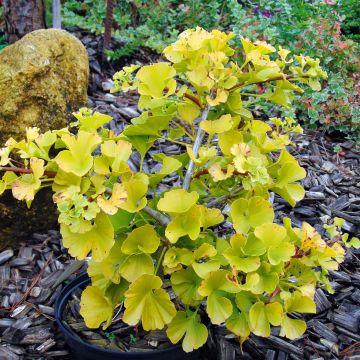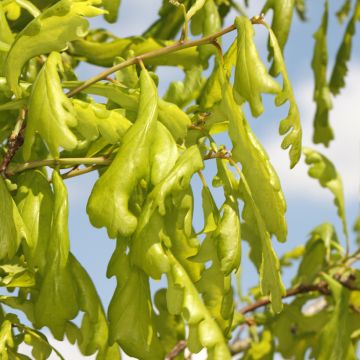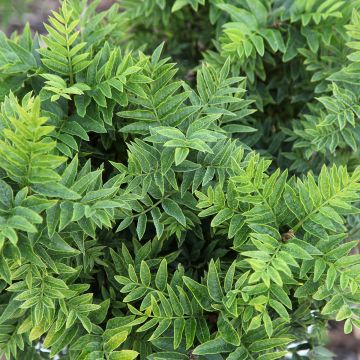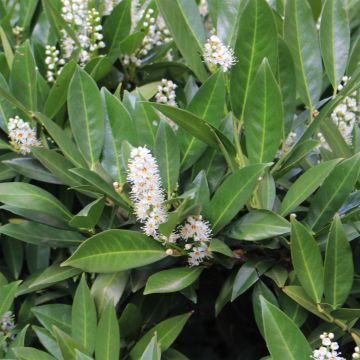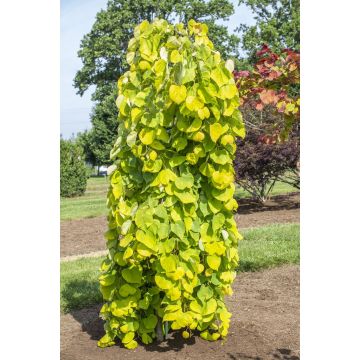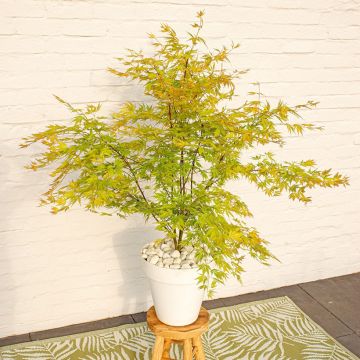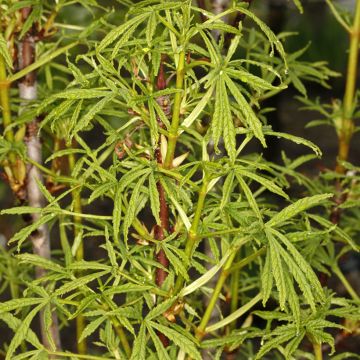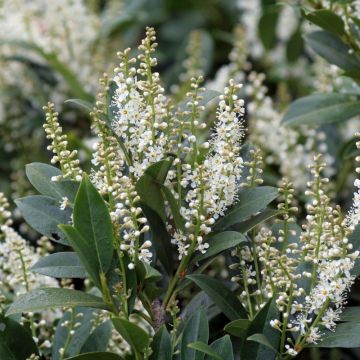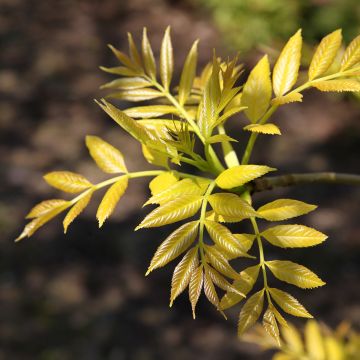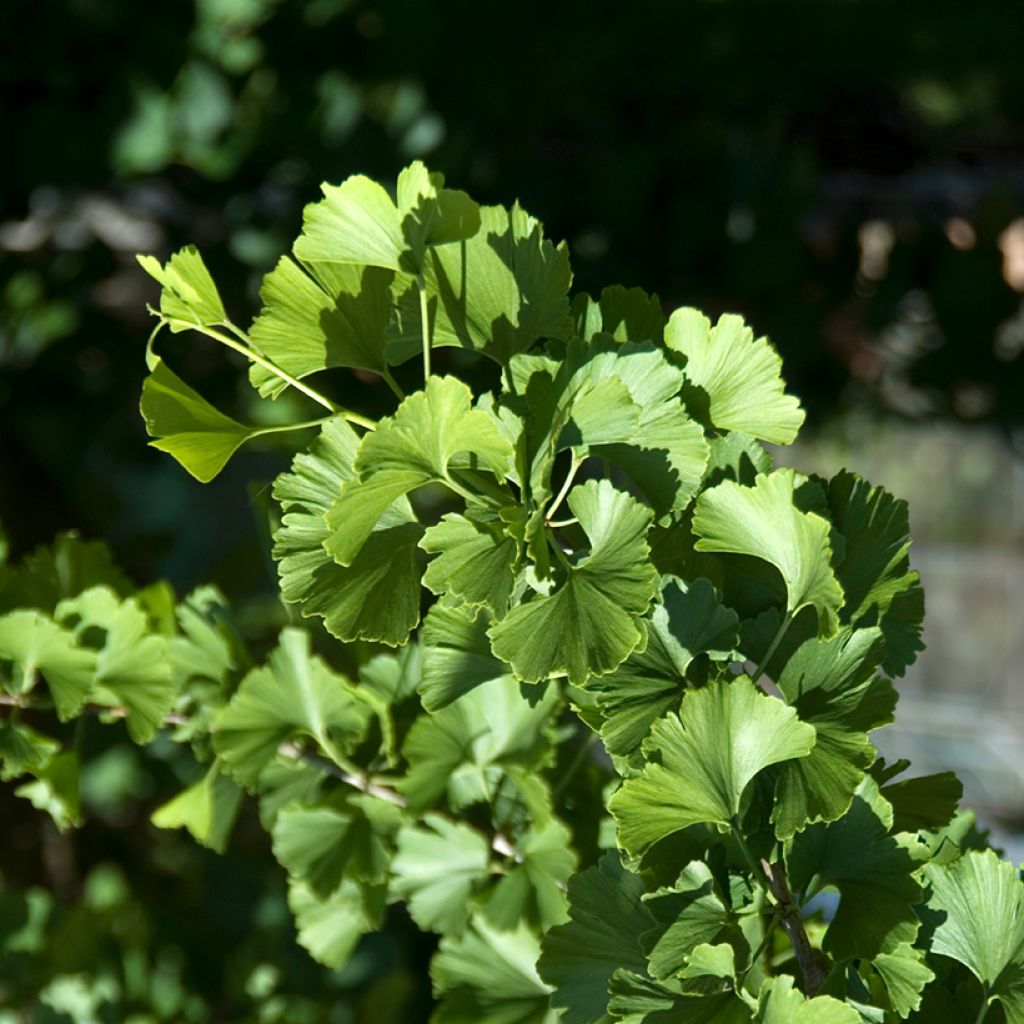

Arbre aux 40 écus pleureur
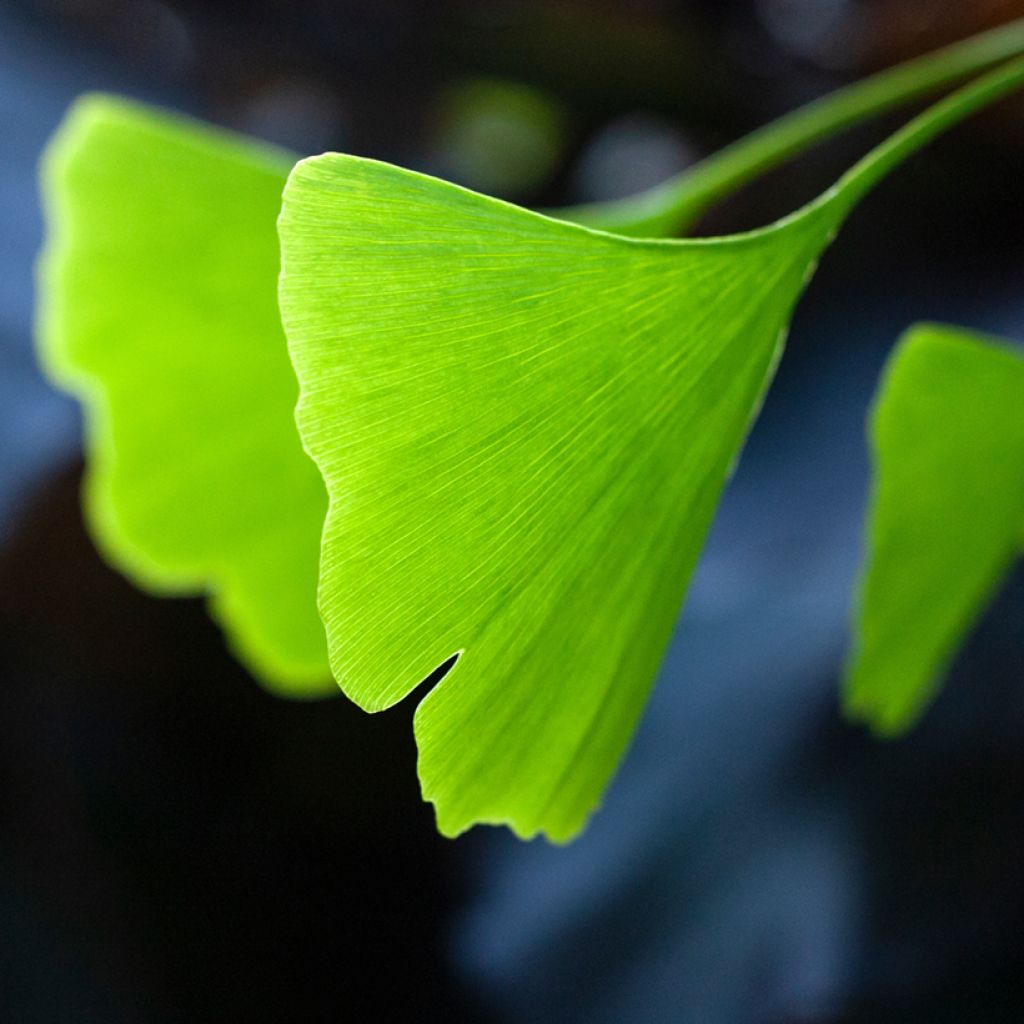

Arbre aux 40 écus pleureur
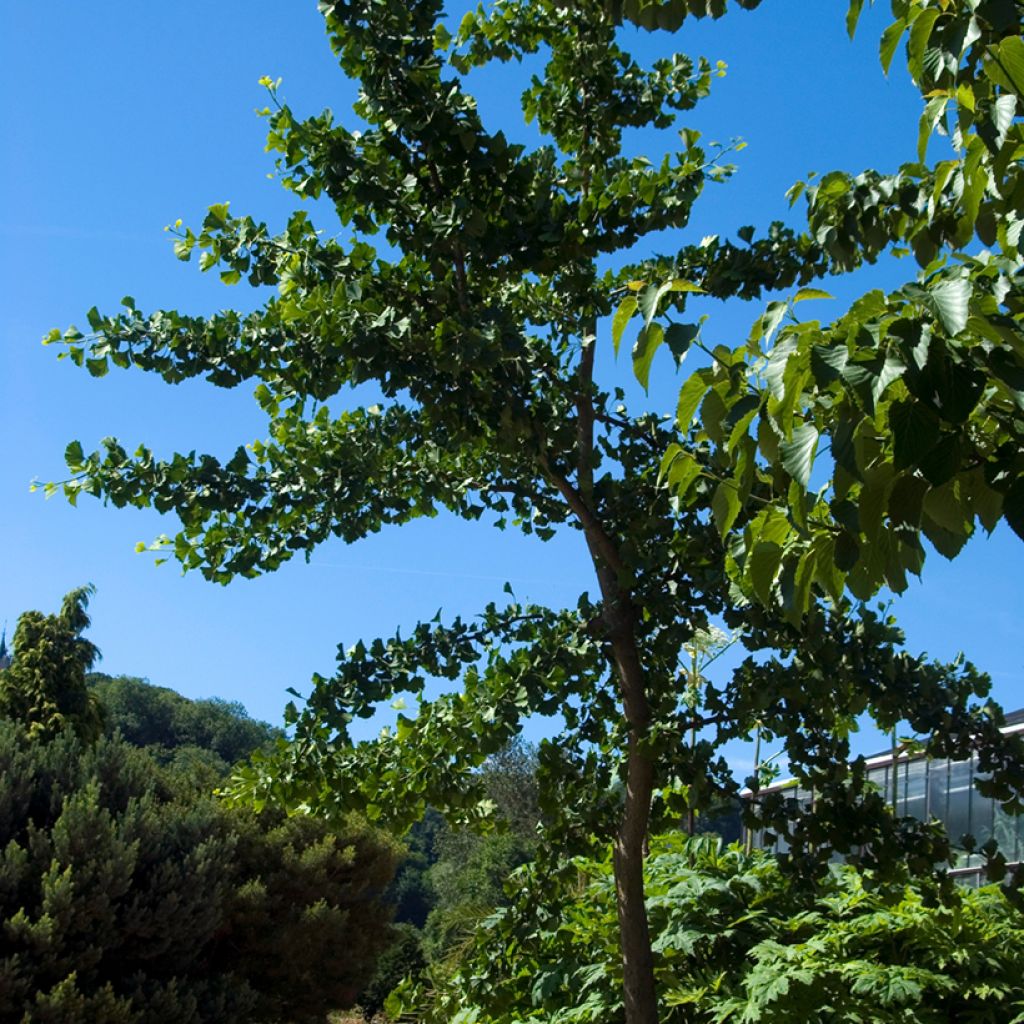

Arbre aux 40 écus pleureur
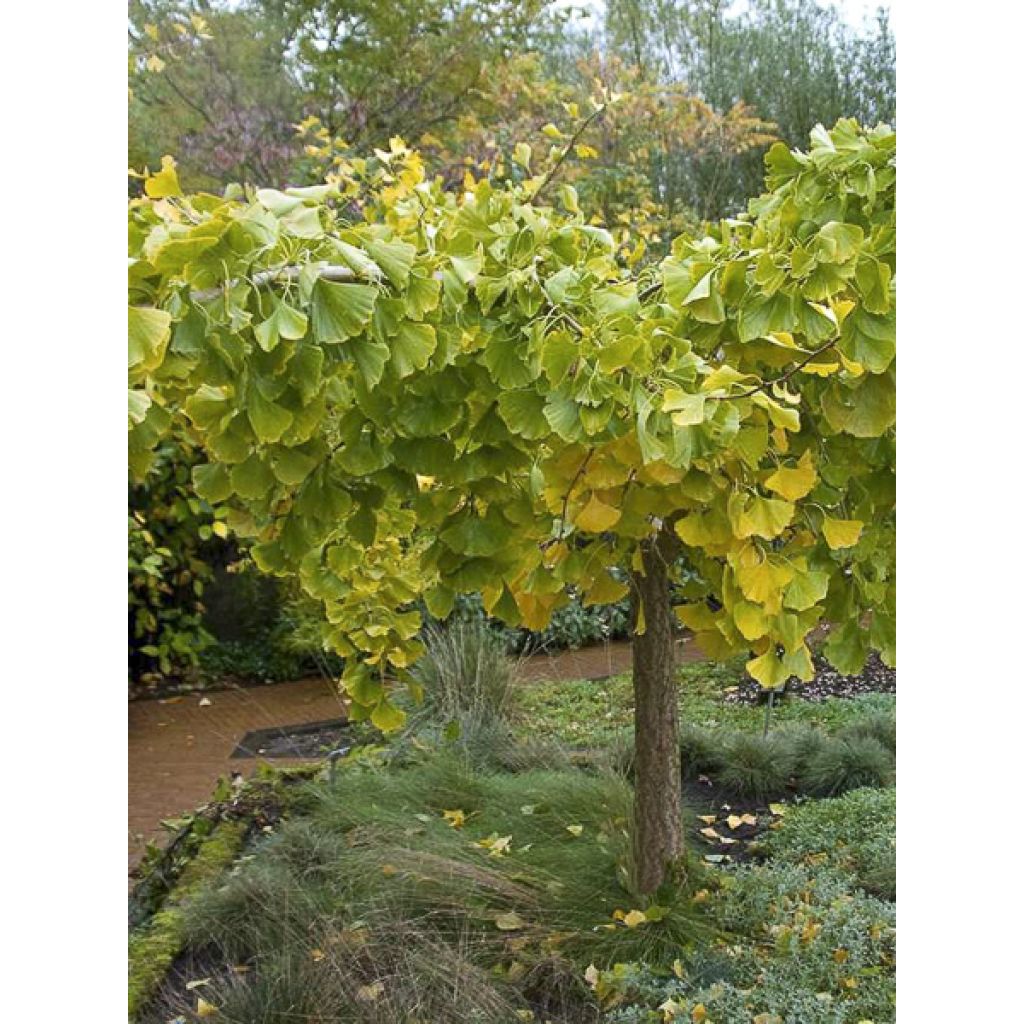

Ginkgo biloba Pendula
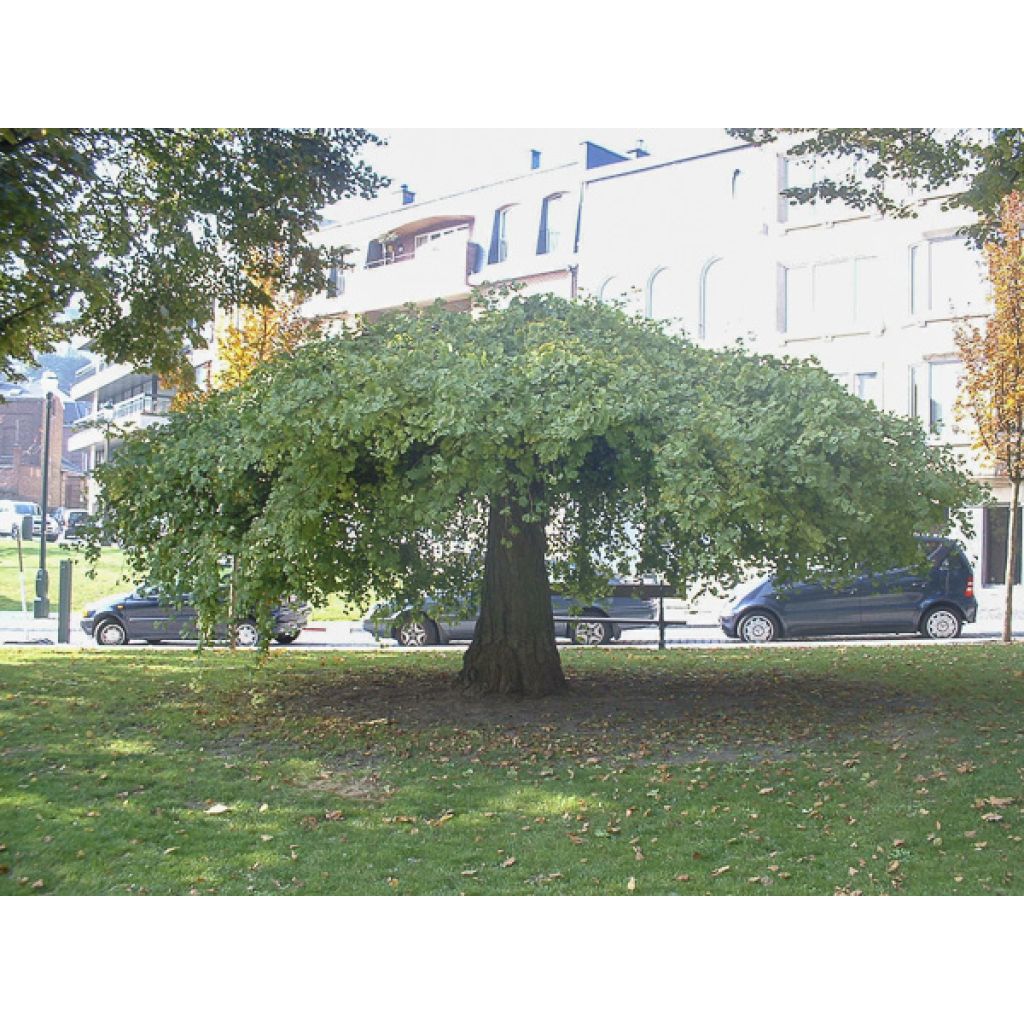

Ginkgo biloba Pendula
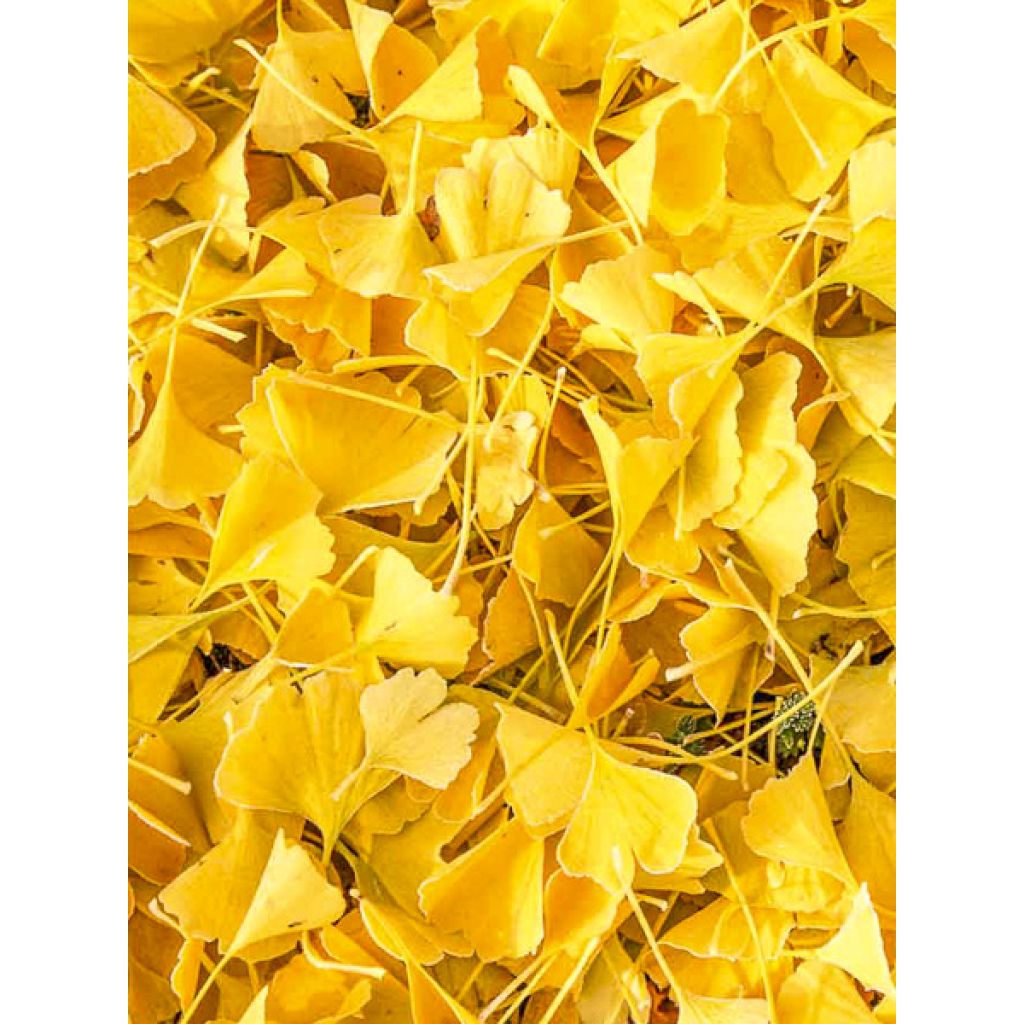

Ginkgo biloba Pendula
Ginkgo biloba Pendula
Ginkgo biloba Pendula
Maidenhair Tree, Living Fossil Tree
This item cannot be shipped to the selected country
Oversize package delivery charge from €6.90
Delivery to Corse prohibited
More information
Schedule delivery date,
and select date in basket
This plant carries a 24 months recovery warranty
More information
We guarantee the quality of our plants for a full growing cycle, and will replace at our expense any plant that fails to recover under normal climatic and planting conditions.
Oversize package: home delivery by special carrier from €6.90 per order..
Express home delivery from €8.90.
Delivery to Corse prohibited: UE law prohibits the import of this plant from mainland France to Corse as part of the fight against Xylella fastidiosa. Please accept our sincere apologies.
More information
Does this plant fit my garden?
Set up your Plantfit profile →
Description
The Ginkgo biloba 'Pendula', with moderate development and slow growth, allows the imposing Tree of Forty Crowns to be present in all gardens, even of modest size, and even on terraces in a pretty pot. This grafted variety develops a crown initially horizontal, whose branches become more trailing over time. Its foliage turns moderately yellow in autumn, transforming the plant into a fountain of light. This small, architectural tree will flourish in the sun, in any good garden soil that is not too dry, without requiring much maintenance.
The Ginkgo biloba, sometimes called 'Hair of Venus' in reference to the shape of its leaves and the design of its veins similar to capillaries, is a very primitive tree from the Ginkgoales family, which is now practically extinct. This living fossil, which does not bear flowers, normally grows up to 24 m (78 ft 8 in) high, shows an erect habit in its youth then more spread out with the years, measuring up to 9 m (29 ft 6 in) in diameter. This majestic tree, native to China, has now (and probably for a long time) disappeared in its natural environment, owing its survival only to the admiration and respect it has inspired for many generations in Man, who continues to plant and propagate it in his most beautiful parks.
The Ginkgo 'Pendula' is a horticultural variety and has grafted onto a Gingko biloba type stem. The tree reaches about 2.50 m (8 ft 2 in) in all directions at 10 years, about 3.50 m (11 ft 6 in) after many years. Its branching is quite compact, it forms a horizontally spread crown which takes on a parasol appearance over time. Its deciduous leaves, rounded, cone-shaped, light green, take on pretty bluish reflections in summer, then a light yellow colour at the end of the season, before falling. They evoke a fan by their design. Grouped in 3 to 5s, they show a cut-off point. This small tree has a spread root system, and grows quite slowly for the first 10-12 years of its life, a little faster afterwards.
Ginkgo 'Pendula' should be planted in a pot near the entrance, on a terrace, or as a standalone tree on a short grass meadow, where it will become a focal point for most of the year. Its architectural design integrates particularly well with Japanese, exotic or contemporary decor. It can also be planted with Japanese maples of modest size, oak-leafed hydrangeas or Berberis.
Oddly enough, despite its deciduous leaves, the Ginkgo biloba is a conifer from a botany point of view. It is a very hardy bush. It is also very resistant. It was one of the few to have survived the Hiroshima bomb in 1945!
It is the oldest species of tree found on Earth: dating back 300 million years, it has survived all the cataclysms that Earth has known. This tree has lived in the Tianmushan Mountains in southeastern China for thousands of years. It was reintroduced in Europe in the 18th century. With exceptional longevity, Ginkgo is also a medicinal plant whose foliage is used to reduce the symptoms of Alzheimer's disease.
Report an error about the product description
Ginkgo biloba Pendula in pictures
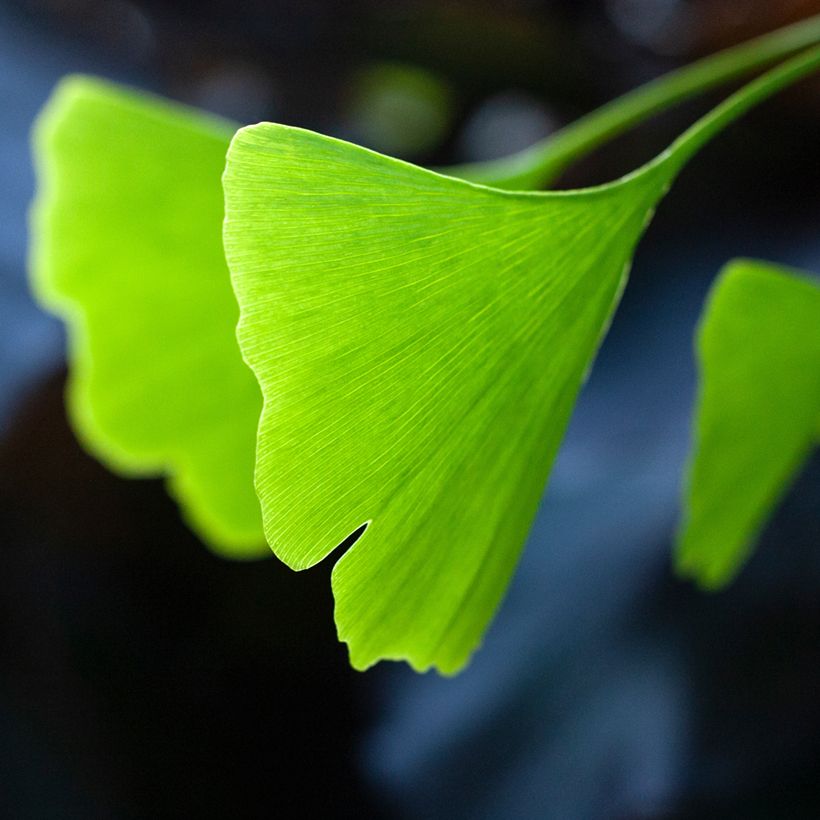

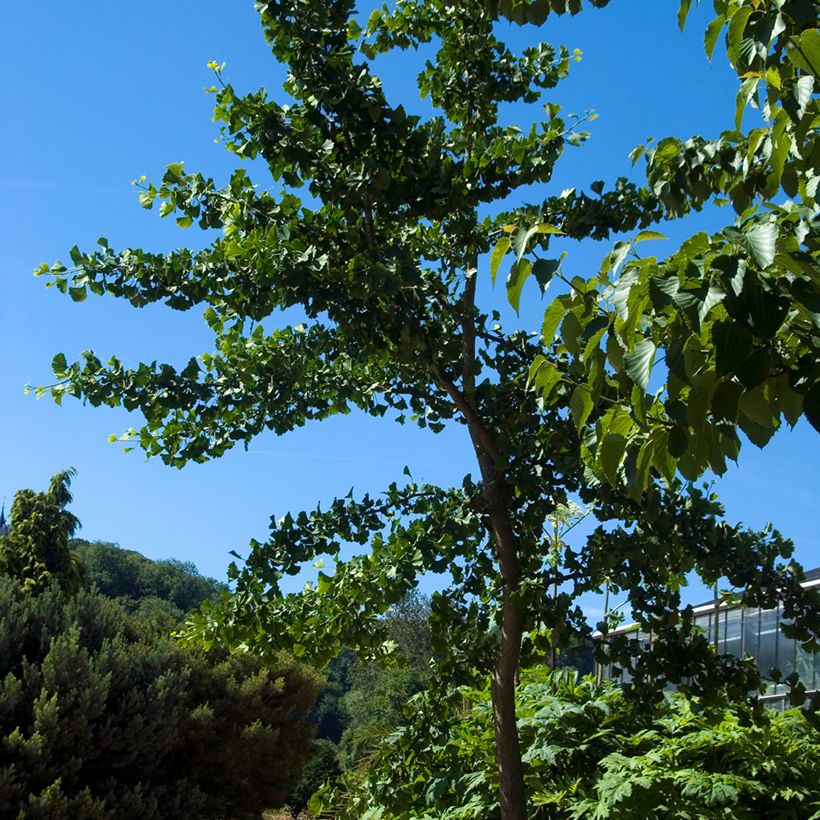

Plant habit
Foliage
Botanical data
Ginkgo
biloba
Pendula
Ginkgoaceae
Maidenhair Tree, Living Fossil Tree
Cultivar or hybrid
Other Ginkgo
Planting and care
This tree can withstand very cold temperatures, but it doesn't like excessive heat, especially when the soil is dry. It needs sunlight and good, deep, well-drained soil. In the summer, make sure it gets enough water. It can grow in soil with lime, but it should stay fresh. If the soil is too dry, it will grow slowly. If the soil is too wet, it may suffer. This tree is strong enough to handle pollution in urban areas. When planting, make a deep hole and add humus. Between February and March, remove any rebellious, too-long, or tangled stems to keep it looking good.
Planting period
Intended location
Care
This item has not been reviewed yet - be the first to leave a review about it.
Striking foliage shrubs
Haven't found what you were looking for?
Hardiness is the lowest winter temperature a plant can endure without suffering serious damage or even dying. However, hardiness is affected by location (a sheltered area, such as a patio), protection (winter cover) and soil type (hardiness is improved by well-drained soil).

Photo Sharing Terms & Conditions
In order to encourage gardeners to interact and share their experiences, Promesse de fleurs offers various media enabling content to be uploaded onto its Site - in particular via the ‘Photo sharing’ module.
The User agrees to refrain from:
- Posting any content that is illegal, prejudicial, insulting, racist, inciteful to hatred, revisionist, contrary to public decency, that infringes on privacy or on the privacy rights of third parties, in particular the publicity rights of persons and goods, intellectual property rights, or the right to privacy.
- Submitting content on behalf of a third party;
- Impersonate the identity of a third party and/or publish any personal information about a third party;
In general, the User undertakes to refrain from any unethical behaviour.
All Content (in particular text, comments, files, images, photos, videos, creative works, etc.), which may be subject to property or intellectual property rights, image or other private rights, shall remain the property of the User, subject to the limited rights granted by the terms of the licence granted by Promesse de fleurs as stated below. Users are at liberty to publish or not to publish such Content on the Site, notably via the ‘Photo Sharing’ facility, and accept that this Content shall be made public and freely accessible, notably on the Internet.
Users further acknowledge, undertake to have ,and guarantee that they hold all necessary rights and permissions to publish such material on the Site, in particular with regard to the legislation in force pertaining to any privacy, property, intellectual property, image, or contractual rights, or rights of any other nature. By publishing such Content on the Site, Users acknowledge accepting full liability as publishers of the Content within the meaning of the law, and grant Promesse de fleurs, free of charge, an inclusive, worldwide licence for the said Content for the entire duration of its publication, including all reproduction, representation, up/downloading, displaying, performing, transmission, and storage rights.
Users also grant permission for their name to be linked to the Content and accept that this link may not always be made available.
By engaging in posting material, Users consent to their Content becoming automatically accessible on the Internet, in particular on other sites and/or blogs and/or web pages of the Promesse de fleurs site, including in particular social pages and the Promesse de fleurs catalogue.
Users may secure the removal of entrusted content free of charge by issuing a simple request via our contact form.
The flowering period indicated on our website applies to countries and regions located in USDA zone 8 (France, the United Kingdom, Ireland, the Netherlands, etc.)
It will vary according to where you live:
- In zones 9 to 10 (Italy, Spain, Greece, etc.), flowering will occur about 2 to 4 weeks earlier.
- In zones 6 to 7 (Germany, Poland, Slovenia, and lower mountainous regions), flowering will be delayed by 2 to 3 weeks.
- In zone 5 (Central Europe, Scandinavia), blooming will be delayed by 3 to 5 weeks.
In temperate climates, pruning of spring-flowering shrubs (forsythia, spireas, etc.) should be done just after flowering.
Pruning of summer-flowering shrubs (Indian Lilac, Perovskia, etc.) can be done in winter or spring.
In cold regions as well as with frost-sensitive plants, avoid pruning too early when severe frosts may still occur.
The planting period indicated on our website applies to countries and regions located in USDA zone 8 (France, United Kingdom, Ireland, Netherlands).
It will vary according to where you live:
- In Mediterranean zones (Marseille, Madrid, Milan, etc.), autumn and winter are the best planting periods.
- In continental zones (Strasbourg, Munich, Vienna, etc.), delay planting by 2 to 3 weeks in spring and bring it forward by 2 to 4 weeks in autumn.
- In mountainous regions (the Alps, Pyrenees, Carpathians, etc.), it is best to plant in late spring (May-June) or late summer (August-September).
The harvesting period indicated on our website applies to countries and regions in USDA zone 8 (France, England, Ireland, the Netherlands).
In colder areas (Scandinavia, Poland, Austria...) fruit and vegetable harvests are likely to be delayed by 3-4 weeks.
In warmer areas (Italy, Spain, Greece, etc.), harvesting will probably take place earlier, depending on weather conditions.
The sowing periods indicated on our website apply to countries and regions within USDA Zone 8 (France, UK, Ireland, Netherlands).
In colder areas (Scandinavia, Poland, Austria...), delay any outdoor sowing by 3-4 weeks, or sow under glass.
In warmer climes (Italy, Spain, Greece, etc.), bring outdoor sowing forward by a few weeks.

































